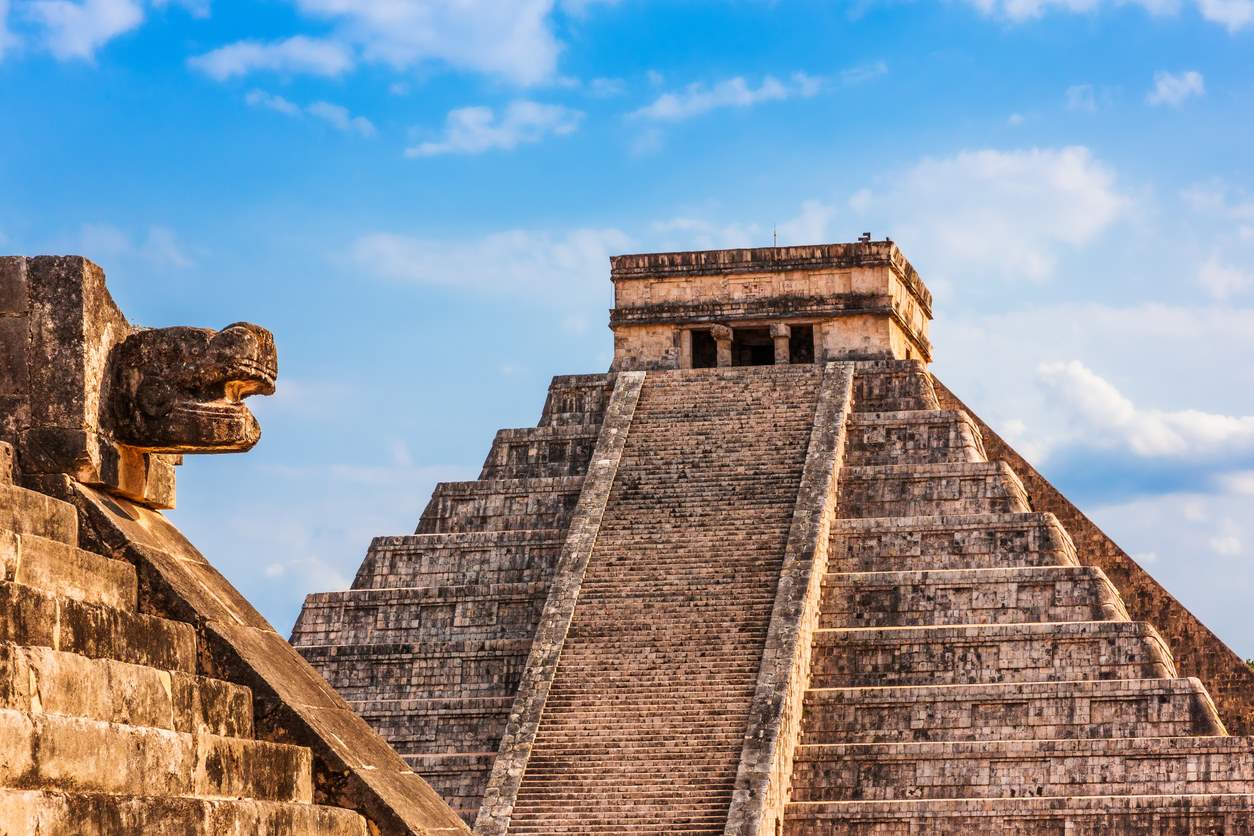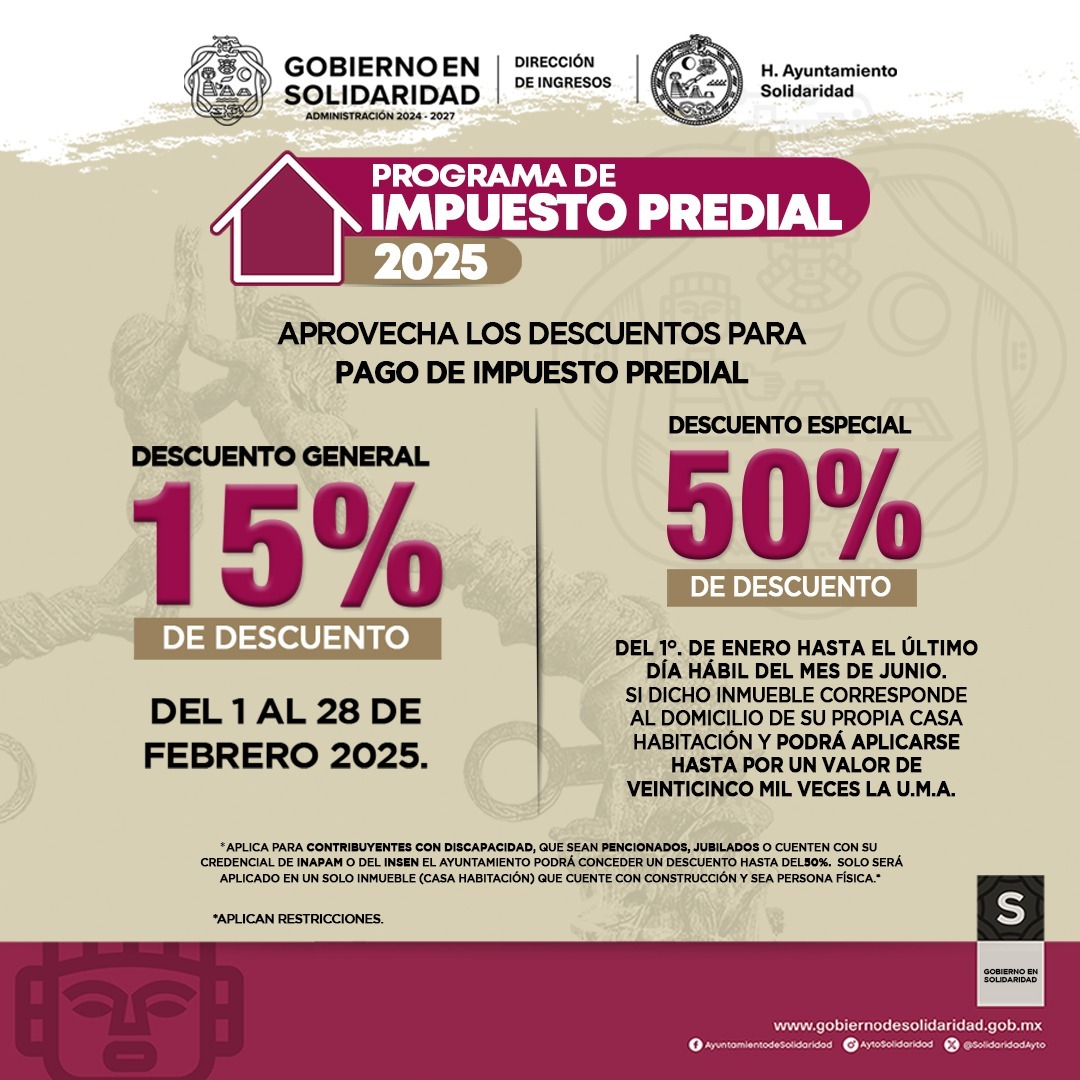One of the most iconic spaces in the Chichen Itza archaeological zone is the Great Plaza, a meeting place from which you can see the main buildings of the ancient city: The Castle, the Ball Court, and the Temple of the Warriors, among others. In pre-Hispanic times, this esplanade was the axis of the ritual and political life of the Mayan city.
Since May 10, the investigation works use two GPR teams or ground penetrating radar (by its English translation), to explore the square, from surface level and in a non-intrusive way.
According to the project coordinators, attached to the head of the Archaeological Studies Directorate of the INAH Denisse Argote Espino; and Pedro López García, Director of the Archeology Graduate School of the ENAH, although the esplanade does not have a precise quadrangular or rectangular shape, it measures approximately 9 thousand square meters.
To facilitate fieldwork, the square has been divided into eight segments of different sizes, the smallest being 630 m2, and the largest 1,925 m2.
“The ability of this technique to detect what is below the surface at different depths makes it an indispensable tool for archaeological research since future excavation strategies can be planned based on the information recovered,” the specialists commented.
Denisse Argote Espino explained that GPR equipment sends electromagnetic waves from one or two antennas, which are towed in a stable and continuous manner along a line.
The electromagnetic pulses are sent towards the subsurface and their reflections are obtained from the interfaces between the strata and objects with contrasting electrical and magnetic properties, whose depth can be estimated from the time it takes for the wave to return and the speed at which it travels. it travels through the middle.
The project uses two GPR equipment, provided by the IGEF researcher, Gerardo Cifuentes Nava, with 270 megahertz antennas that will allow measurements to reach up to six meters deep.
In pre-Hispanic times, the Great Plaza of Chichén Itzá added at least 500 years of continuous use, between the Late Classic and the Early Postclassic periods (between 650 and 1150 AD), therefore, the prospecting will optimize the probabilities for the registration of elements of archaeological interest, which may include construction stages of the square itself, or stone walls, human burials, tunnels, cavities, old drains, paths, and even watercourses.
Taking into account that between 2014 and 2015, the collaboration between INAH and UNAM allowed conducting electrical resistivity tomography studies in El Castillo, the results of which proved the existence of a second substructure and a cenote located right below the monumental pyramid of Kukulcan, the new surveys in the plaza that surrounds this Wonder of the Modern World could provide new information about the underground flows that would feed the natural formation with water.
“A water flow has a much higher conductivity than a structure than consolidated rocks or the karst of the peninsular soil itself, so it will be clear if we are facing a water flow,” the researchers concluded.


